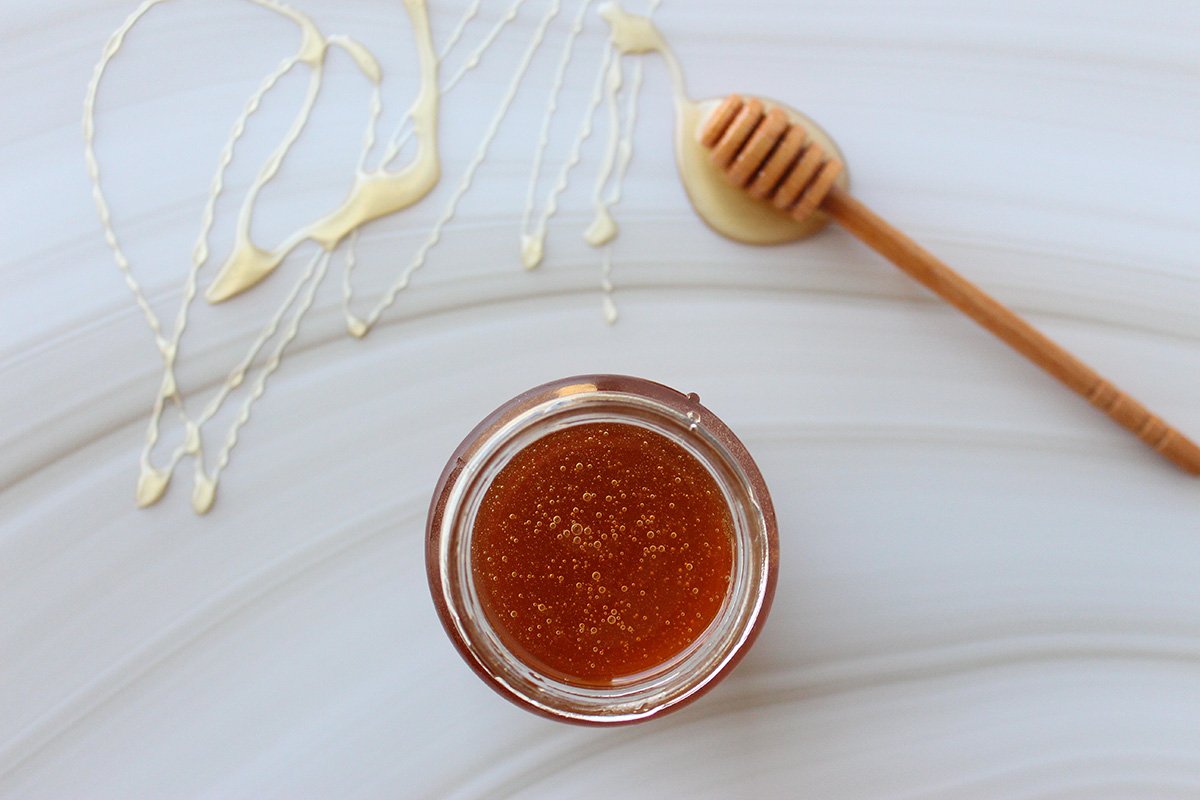Confused About Honey? Here’s A Shopper’s Guide
How do you know what kind of honey to buy? Should you be buying it from the supermarket, or is it time to look for a local alternative? Many people are confused about the state of honey in Australia right now. But here, we’ve put together a simple guide to help you understand what is in the honey you buy.
Supermarket honey
Your supermarket honeys are pretty easy to spot. They are the brands that you can find in every supermarket. The consistency will usually be runny, and the flavour will be quite bland.
Supermarket honeys will generally be a mix of honeys. For example, canola honey is very cheap, but flavour-packed yellow gum is more expensive. So you might be getting a small amount of yellow gum blended with canola honey or other cheaper honeys.
The downsides of supermarket honey
There have been a few problems with supermarket honey over the years. Here are a few key concerns that we have about supermarket brands:
The bees may have been exposed to disease, and you wouldn’t know until someone became sick. If you did get sick, it could take time to track down the source as multiple types and sources of honey are involved.
It is usually heated as part of processing to reduce traces of pollen, wax or bees in the honey. Unfortunately, heat can destroy many of the beneficial properties of the honey.
Supermarket honey could be a blend of Australian and overseas honey, or it could be mixed with a sugar syrup. So you could be paying a good price for something that isn’t pure.
The higher-quality honeys are likely to be blended with cheaper, less tasty honeys to reduce the cost for the company
As you can see, supermarket honey may not be the best choice. There are much better alternatives out there, especially if you want to consume honey regularly.
Pure Australian honey
Compared to supermarket honey, honey that is produced in Australia is very different. There are strict rules regarding how beehives are managed to prevent disease. It is also far tastier, especially if it is a pure line of honey – honey that comes from only one place.
Some Australian honey are still heated during processing, and some brands will still mix honey to reduce the cost – particularly with medicinal honey like Manuka and Jarrah.
If you’re not sure, ask the beekeeper! Ask them if they use heat to extract or process the honey, and whether it is pure honey. Most small bee-keeping businesses are more than happy to answer questions, as we love to hear that consumers are invested in quality.
Spotting pure Australian honey
There aren’t many pure Australian honey that has a runny consistency year-round. Because of the hot, dry weather conditions, there is not a lot of water in the environment. So less water will make its way into the honey, particularly if the honey is a eucalyptus variety.
But runny honey isn’t always a red flag. There are some coastal areas with high humidity that can produce runny banksia varieties of honey.
Certified Organic Honey
This type of honey is held to even stricter standards. Everything involved in the bee-keeping business, from the bees to the extraction and processing is free of pesticide and herbicide use. The bees will be kept in an area of certified organic farmland so that organically grown plants are their only source.
To earn this certification, all of these factors must be in place for a minimum of 3 years. So only the most committed of bee-keepers make it through this extensive process.
My Dad’s Honey is Australian Certified Organic. That means it is as nature intended – pure, raw, and delicious. To get your hands on a jar, check My Dad’s Honey products.


